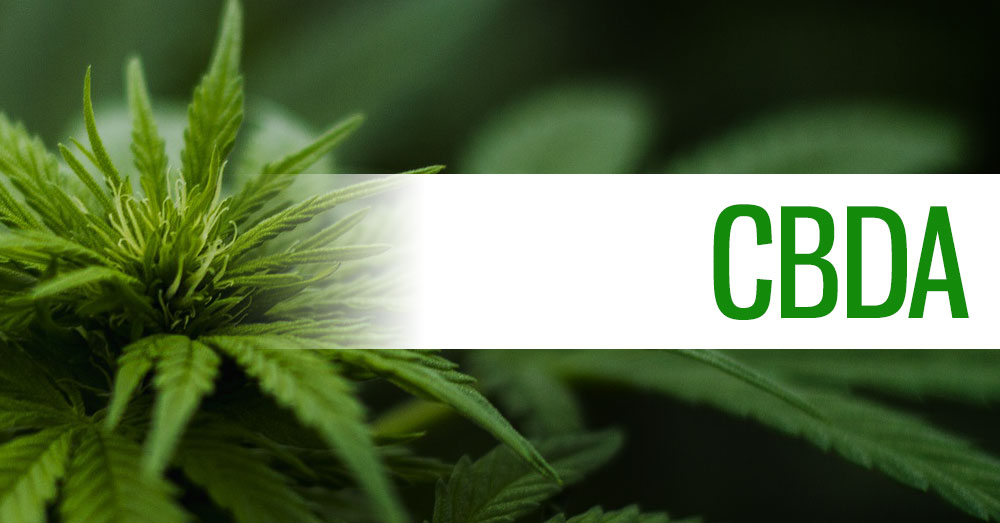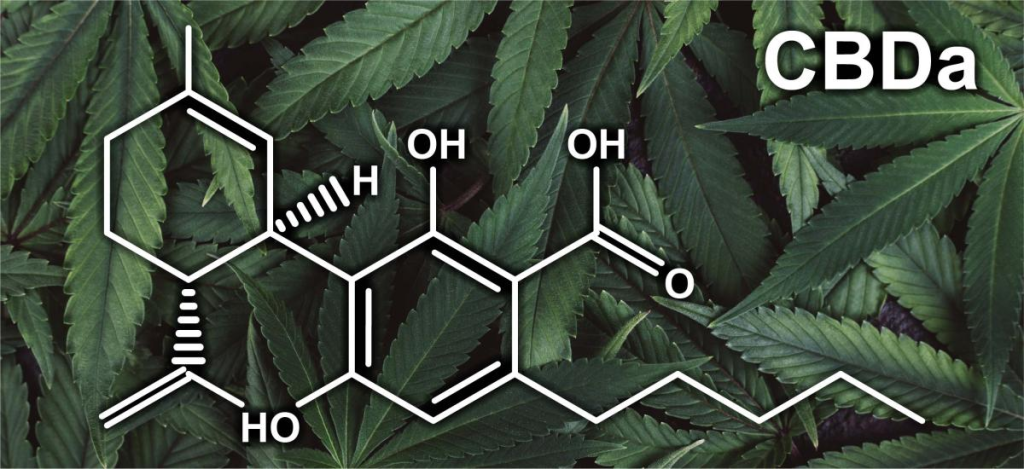
CBD (cannabidiol), a type of cannabinoid, has been the subject of interest for a while now, and for a good reason. Conversely, there is limited data on the effects of CBDa (cannabidiolic acid). More people are paying attention to cannabidiol acid now than before cannabis research pioneer Raphael Mechoulam presented his most recent results on CBDa at a symposium in California in October of this year.
“The primary active cannabinoid in raw hemp is cannabidiol acid (CBDa). CBDa, like CBD, shares many of the same features (cannabidiol). According to research undertaken by DDr. Gerhard Nahler of the International Institute of Cannabinoids in Ljubljana, Slovenia, as early as 2016, CBDa “showed anti-inflammatory, antibacterial, and tumor-inhibiting capabilities, and also decreased nausea and vomiting.”
Can you explain what CBDA is?
Cannabidiolic acid (CBDA) is a chemical molecule in the Cannabis Sativa (hemp) plant. It interacts with the human body’s endocannabinoid system to trigger various physiological and psychological responses. The most well-known are tetrahydrocannabinol (THC) and cannabidiol (CBD), which cause the characteristic “high” and soothing effects of cannabis, respectively.

Cannabigerol acid (CBGA), the primary “source” cannabinoid, is the first step in the natural synthesis chain that ends with cannabidiolic acid (CBD). This breaks down into tetrahydrocannabinolic acid (THCA), cannabichromene acid (CBCA), and cannabidiol acid (CBDA), all of which can be decarboxylated into CBD via exposure to heat or light. Cannabidiol (CBDA) is considered the “raw” version of CBD.
CBDA Advantages
Internet searches for “CBDA” suggest an uptick in interest in ingesting the compound in the form of raw cannabis leaf juice for a “daily dose” of CBDA for the purported health advantages, in addition to the widespread use of CBDA in various capsules, tinctures, and topical creams. The question is, what exactly are these advantages?
In contrast to other cannabinoids, CBDA does not bind to the CB1 or CB2 cannabinoid receptors in the human brain; instead, it indirectly interacts with the endocannabinoid system as an inhibitor of the COX-2 (cyclooxygenase-2) enzymes linked with post-injury or infection inflammation. Further, at least one mouse study found that CBDA impacted the nerve-signaling molecule serotonin levels, which is critical to human activities. This is important information since it explains why stress can cause nausea and vomiting due to serotonin overload. Medication can alleviate the former, but patients often report that the latter is one of the most troubling aspects of their cancer treatment.
A 2013 Canadian study compared the effects of CBD and CBDA with those of the standard anti-nausea medicine ondansetron (OND) and found that CBDA bound to the serotonin receptor connected with nausea and anxiety around 103 times more strongly than CBD. As well as use CBD Acids to help manage pain.
CBDA has been shown to have a 100 times stronger affinity than CBD with the 5-HT receptors, suggesting it may also be a potent anticonvulsive. This is likely due to CBDA’s higher bioavailability, which makes it possible for the body to digest CBDA more quickly and with less effort.
CBDA’s binding to 5-HT receptors is similar to selective serotonin reuptake inhibitors (SSRIs), suggesting that it may be helpful as an anti-depressant.
BioBloom’s hemp extracts include a significant amount of CBDa.
But Dr. Nahler’s 2016 research showed that CBDa, also known as the acidic precursor of CBD, interacts closely with CBD. The bioavailability of CBD is increased by more than twofold when CBDa is administered alongside it, as demonstrated by the research of DDr. Nahler.
BioBloom has known about CBDa’s significance since 2016 when it started using DDr. Nahler’s research as a foundation. That’s why we’ve included CBDa in our products from the start. BioBloom hemp flower tea’s primary ingredient, CBDa, has a unique function. In contrast to CBD, CBDa may be dissolved in water. BioBloom’s full-spectrum hemp extracts also benefit significantly from cannabidiolic acid. Christoph Werdenich, CEO of BioBloom, notes, “We have known about the importance of CBDa since starting BioBloom in 2016.
Conclusion
Cannabis has a plethora of compounds, many of which have medicinal properties. Because of this, the medical marijuana industry coined the term “entourage effect” to describe the synergistic effects of combining multiple cannabinoids. This paper proposes that pharmacokinetic interactions between cannabinoid-containing compounds in cannabis may significantly modify systemic cannabinoid concentrations.







